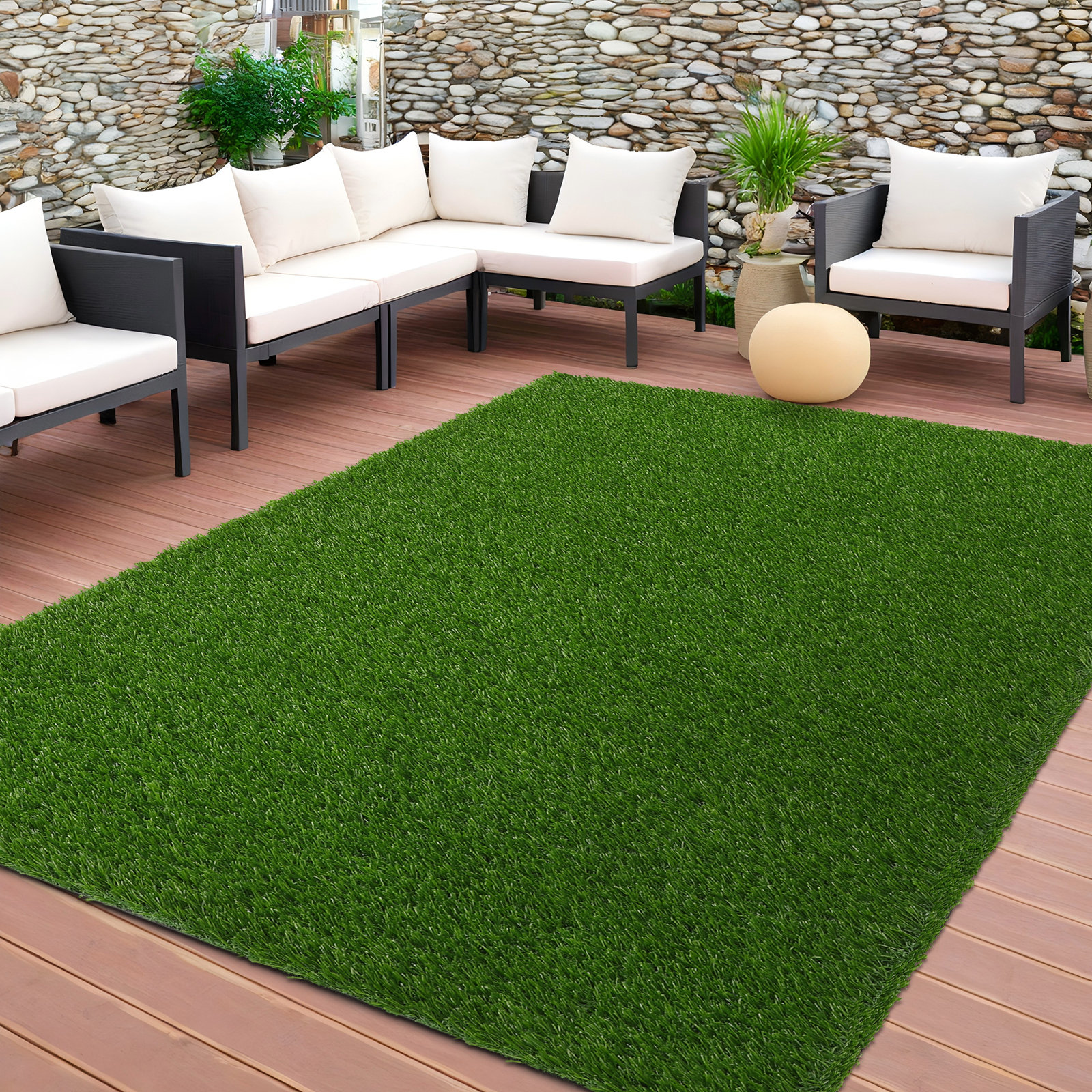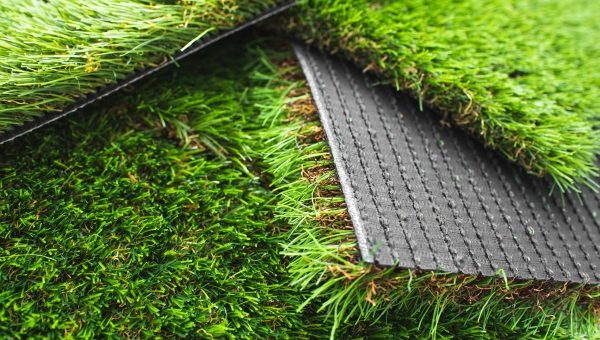Cost-Effective Turf Installation Phoenix AZ for a Low-Maintenance Lawn Solution
Delve Into the Environmental Conveniences of Opting for Artificial Lawn Solutions
The adoption of synthetic lawn solutions presents an engaging opportunity to resolve pushing ecological challenges. By significantly reducing water usage and minimizing the application of harmful chemicals, these options not only advertise lasting landscaping yet likewise shield regional ecosystems. The lower carbon impact connected with reduced maintenance activities contributes to a much more sustainable method to land monitoring. Nonetheless, the effects of these benefits prolong past mere preservation efforts, questioning regarding their long-lasting effect on environment preservation and overall ecological balance. Exploring these measurements exposes a complicated interplay worth considering.
Water Conservation Conveniences
One of the most significant advantages of synthetic turf is its ability to conserve water. In comparison, man-made lawn does not need watering, significantly lowering the total need for water sources.
By getting rid of the requirement for normal watering, synthetic grass contributes to sustainable landscape techniques and helps mitigate the ecological impact of too much water consumption. Moreover, the preservation of water encompasses the reduction of runoff, which can result in soil disintegration and river contamination.
Furthermore, the setup of fabricated turf permits homeowners and municipalities to allocate water resources more effectively, focusing on important uses such as drinking water and agriculture. The shift in the direction of fabricated turf not just advertises responsible water use however likewise lines up with more comprehensive environmental goals targeted at protecting all-natural sources.
As areas progressively focus on sustainability, the water preservation advantages of man-made grass provide a compelling case for its fostering in residential and commercial landscape design projects.
Lowered Chemical Use
The transition to synthetic grass significantly reduces the dependence on chemical therapies frequently utilized in all-natural yard maintenance. Typical grass administration generally entails the application of herbicides, pesticides, and plant foods to promote growth and control parasites. These chemicals can pose risks to human health, regional wildlife, and the atmosphere, adding to soil and water contamination.
On the other hand, artificial grass gets rid of the need for these unsafe materials. When set up, it requires very little maintenance, primarily containing routine cleansing and occasional infill replenishment. This decrease in chemical use not only profits the immediate environment yet additionally adds to more comprehensive ecological stability. By reducing the launch of artificial substances right into the ecosystem, synthetic turf advertises much healthier dirt and water supply.
Additionally, the lack of chemical runoff connected with synthetic grass installments aids secure neighborhood waterways from pollution, supporting aquatic life and maintaining biodiversity. Turf installation phoenix az. As communities progressively prioritize lasting practices, choosing artificial grass provides a practical remedy that aligns with environmental conservation goals. Through this shift, homeowner can take pleasure in rich eco-friendly rooms without jeopardizing eco-friendly health and wellness, leading the way for a more lasting future
Lower Carbon Impact

Additionally, the setup of synthetic turf can lead to significant water preservation. All-natural yards need considerable quantities of water for irrigation, which not only includes in the carbon footprint connected with water removal and treatment but likewise stress neighborhood water resources. On the other hand, synthetic grass needs very little maintenance, needing no watering, thus dramatically lowering water use and its connected energy costs.
In addition, the durability of synthetic turf contributes to its decreased carbon effect. With a life-span of as much as 15 years or even more, the demand for frequent replacements is lessened, causing much less waste and reduced power usage in production and getting rid of traditional yard options. In general, synthetic grass offers a sustainable alternative for eco mindful landscaping.
Environment Preservation
Environment preservation is a vital factor to consider in the argument over landscaping selections, especially when contrasting synthetic lawn to all-natural grass. Natural lawn lawns typically need extensive upkeep, including using herbicides, plant foods, and pesticides, which can adversely great post to read influence local environments. These chemicals can leach into the dirt and waterways, harming indigenous vegetation and fauna and interfering with neighborhood environments.
In contrast, synthetic turf offers an opportunity to decrease the eco-friendly impact of landscape design. By opting for synthetic yard, house owners can reduce the interruption of all-natural environments connected with conventional lawn care techniques. Synthetic grass removes the requirement for hazardous chemicals, therefore shielding nearby wild animals and maintaining the stability of surrounding ecological communities. The installation of fabricated turf can lead to the conversion of previous grass locations right into even more biodiverse landscapes, such as pollinator yards or indigenous plant locations, which can sustain regional wild animals.
Inevitably, the transition to synthetic grass not just conserves water and minimizes maintenance initiatives however likewise promotes a more harmonious partnership in between human activities and the try here natural setting, advertising environment preservation at the same time.
Long-Term Sustainability
Lasting sustainability is an important consider assessing the advantages of synthetic grass over traditional lawn lawns. One of the most significant benefits of synthetic grass is its sturdiness; it can last as much as 15-20 years with marginal maintenance, whereas natural yard calls for constant reseeding and substitute. This durability lowers the demand for constant resources, such as water, plant foods, and pesticides, which are crucial for keeping a healthy grass yard.
Furthermore, synthetic grass adds to a decrease in carbon discharges connected with grass treatment equipment. Conventional grass frequently require gas-powered lawn mowers, leaners, and blowers, every one of which contribute to air contamination. Phoenix turf companies. On the other hand, artificial grass removes the requirement for such tools, advertising a cleaner environment
Additionally, the production of synthetic grass increasingly makes use of recycled products, enhancing its sustainability profile. As makers take on environmentally friendly methods, the environmental footprint of synthetic grass proceeds to lessen.

Conclusion
The adoption of synthetic grass options provides considerable environmental advantages, consisting of substantial water preservation, minimized reliance on dangerous chemicals, and a reduced carbon footprint. Synthetic grass aids in protecting all-natural habitats by lessening land disruption and advertising lasting sustainability with the use of long lasting products. Jointly, these factors highlight the potential of synthetic grass to contribute positively to ecological health and wellness and supply a practical option to traditional landscape design techniques in a significantly resource-conscious globe.
In comparison, man-made grass does not require watering, substantially decreasing the total demand for water sources. By minimizing the launch of artificial compounds right into the environment, artificial turf promotes healthier dirt and water systems.
Additionally, the installment of artificial grass can result in significant water conservation. In comparison, synthetic lawn needs marginal maintenance, calling for no watering, consequently substantially decreasing water use and its connected power prices.
